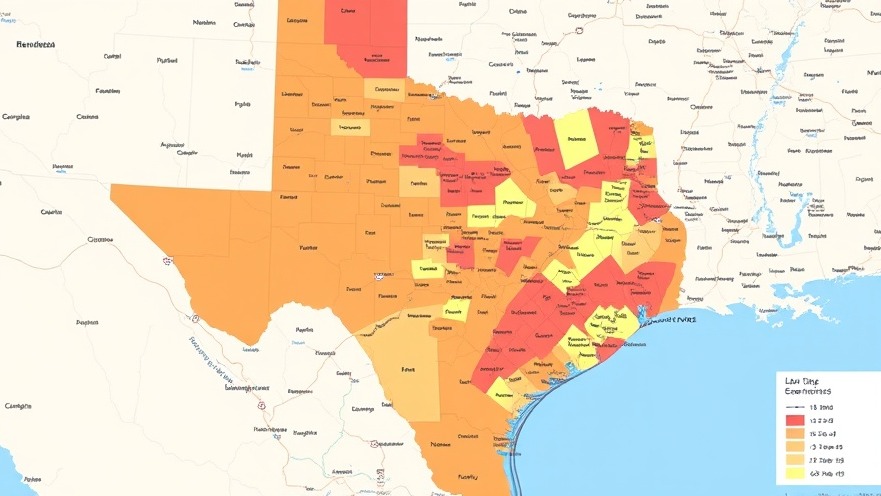
Texas Congressional Map Sparks Legal Battle
Recently, the Texas Senate's approval of a new congressional map has ignited a storm of controversy and led to a lawsuit aimed at halting its implementation. Critics argue that the redistricting process is flawed and fails to represent the state's diverse population adequately. As Texas prepares for the upcoming elections in 2025, the implications of this new map could significantly impact not just political representation but also the broader political landscape of the Lone Star State.
What’s the Controversy About?
The new congressional map, which has been characterized as controversial, is under scrutiny for possible partisan gerrymandering. This technique involves drawing district boundaries in a way that gives one political party an advantage over others. Many residents and advocacy groups have voiced concerns about how this could disenfranchise voters in certain communities, particularly those of color.
The Lawsuit: Who's Behind It?
Several organizations, including civil rights groups, have banded together to file the lawsuit challenging the new map. They contend that the way districts have been drawn violates the principles of fair representation. The groups argue that the lines divide neighborhoods and communities, ultimately diluting the votes of specific populations.
The Broader Context of Texas Politics
This legal battle occurs against the backdrop of broader changes in Texas politics, where increased population diversity has shifted dynamics in recent years. With demographic changes, political representation needs to evolve. Activists emphasize that if the congressional map does not reflect the demographic realities of Texas, the state risks undermining its democratic processes.
Implications for Future Elections
As Texas gears up for the 2025 elections, the outcome of this lawsuit will be crucial. If the court rules against the new map, it could lead to a massive overhaul of district lines and a re-evaluation of how the state views and conducts its redistricting processes. Not only could this affect who represents Texas in Congress, but it would also set an important precedent for how redistricting is approached in the future across the country.
A Look Ahead: The Impact of Redistricting
Redistricting affects more than just elections; it has implications for resource allocation, local governance, and social policies. Lawmakers often tie legislative priorities to their districts’ specific needs. Thus, a fair and representative map can lead to better resources and policies that reflect the community's needs. The upcoming legal decisions will undoubtedly shape these issues for years to come.
 Add Element
Add Element  Add Row
Add Row 



Write A Comment